The concept of naming is deeply human. We assign labels to everything around us, from people to places to objects. It’s one of the foundations of our complex language and social structures. But what about other species? Specifically, do our feathered friends identify each other with unique vocalizations that function similarly to names? Recent scientific research has begun to unravel this fascinating question, suggesting that some bird species may indeed have specific calls that identify individuals within their communities. This surprising discovery challenges our understanding of avian communication and raises profound questions about the cognitive abilities of birds. As we delve into this topic, we’ll explore groundbreaking research, examine specific bird species, and consider what these findings might mean for our understanding of animal cognition.
The Concept of “Names” in Animal Communication

Before we dive into bird-specific research, it’s important to clarify what scientists mean when they discuss “names” in animal communication. In human terms, names are arbitrary labels assigned to individuals that don’t necessarily describe physical characteristics or behaviors. In the animal world, researchers look for similar patterns: specific calls or sounds that refer consistently to particular individuals, regardless of context. These vocalizations must be recognizable, repeatable, and elicit responses that indicate recognition of the specific individual being “named.” This distinction is crucial because many animals produce alarm calls or food signals, but these typically refer to situations rather than individuals. True naming behavior requires a level of abstraction and social recognition that was once thought to be uniquely human.
Signature Calls: Nature’s Name Tags
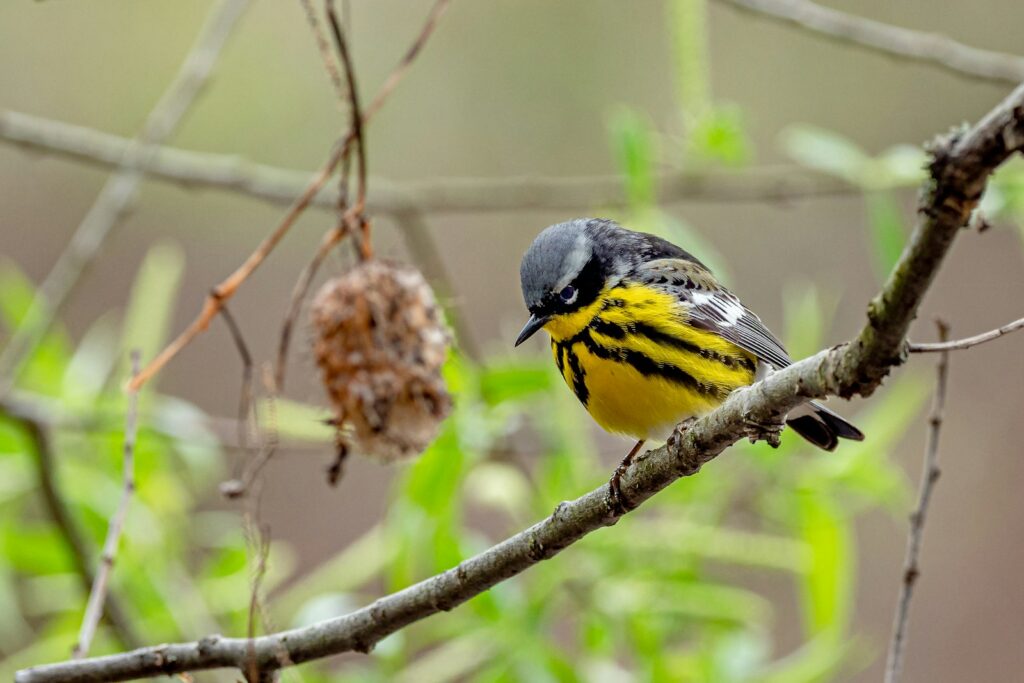
Many bird species develop what scientists call “signature calls” – unique vocalizations that effectively function as their auditory identity cards. These calls develop early in life and remain relatively stable throughout adulthood, allowing other birds to recognize specific individuals by sound alone. Unlike general species calls that all members share, signature calls contain subtle variations that are unique to each bird. In species like parrots, these signature calls are often learned during development and may be influenced by parent birds or other colony members. These individualized calls serve practical purposes in crowded colonies or dense forests where visual identification might be difficult, essentially announcing “It’s me!” to family members and associates.
Parrot “Names” and Contact Calls

Parrots represent some of the most compelling evidence for naming behaviors in birds. Research on spectacled parrotlets (Forpus conspicillatus) by behavioral ecologist Karl Berg and colleagues revealed that these birds develop unique contact calls that function similarly to names. Parents actually “name” their chicks by teaching them a specific call pattern, which the young birds then use throughout their lives. Even more fascinatingly, other parrots learn to recognize and use these signature calls when referring to specific individuals. When a parrot wants to communicate with a particular family member, they’ll use that individual’s signature call rather than a generic contact call, demonstrating an understanding that specific sounds correspond to specific individuals – a fundamental aspect of naming.
Chickadees and Their Complex Communication

Black-capped chickadees (Poecile atricapillus) have provided researchers with remarkable insights into bird naming systems. These small, social birds use their iconic “chick-a-dee” call with subtle variations that communicate different messages, including individual identity. Research by Christopher Sturdy and his team at the University of Alberta demonstrated that chickadees can recognize individual differences in these calls and respond differently based on who is calling. The “dee” notes at the end of their calls appear particularly important for individual identification, with each bird using a unique acoustic signature. What makes this especially notable is that other chickadees can learn and use these individual-specific variations when referring to particular flock members, suggesting a rudimentary naming system.
Ravens: The Masterminds of Bird Communication

Ravens (Corvus corax) stand out for their exceptional cognitive abilities and complex social structures, making them prime candidates for sophisticated communication including potential naming behaviors. Research by cognitive biologist Thomas Bugnyar at the University of Vienna has shown that ravens produce distinct calls when interacting with different social partners. These highly intelligent birds appear to recognize the relationships of others in their social groups and can remember individuals for years. Their “yell” calls contain individual markers that other ravens can identify, effectively functioning as names in their communities. Most impressively, ravens can mimic the calls of others, potentially “referring” to absent individuals – a behavior that hints at a level of abstraction previously thought to be beyond avian capabilities.
The Scientific Challenge of Proving Bird “Names”
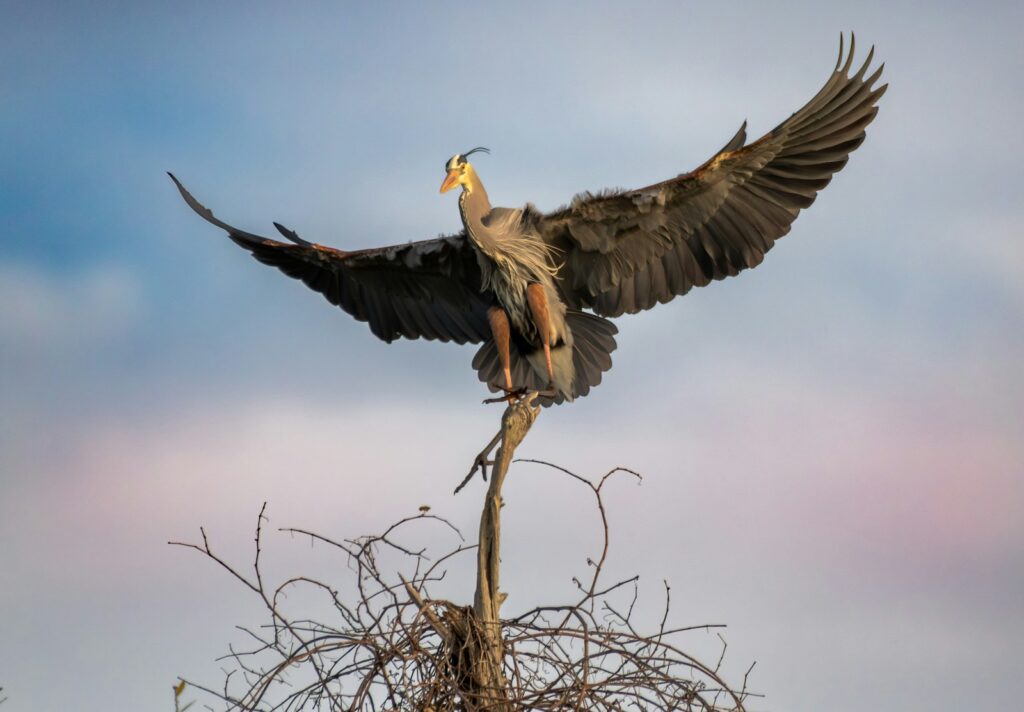
Demonstrating conclusively that birds use names presents significant scientific challenges. Researchers must rule out simpler explanations, such as birds simply responding to familiar sounds rather than understanding them as referential labels. To establish naming behavior, scientists typically conduct playback experiments where recorded calls are played to birds while monitoring their responses. These experiments must control for numerous variables, including context, familiarity, and natural response patterns. Additionally, researchers need to demonstrate that birds are using these calls to refer to specific individuals even when they’re not present – a concept called “displacement” that’s considered a hallmark of complex language. The gold standard would be showing that birds can learn new “names” for individuals and use them appropriately in different social contexts.
Dolphins and Primates: Context for Bird Naming

The question of bird names becomes more intriguing when considered alongside other animal naming systems. Bottlenose dolphins develop signature whistles that function essentially as names, which other dolphins can mimic to call specific individuals. Similarly, certain primates like Campbell’s monkeys use specific alarm calls that refer to particular predators rather than just expressing general alarm. These parallels suggest that naming behaviors may have evolved independently in different intelligent, social species as a solution to similar communication challenges. Birds, with their highly developed vocal abilities and complex social structures, fit perfectly into this pattern of convergent evolution. Understanding bird naming in this broader context helps scientists recognize the cognitive demands that might drive the evolution of such sophisticated communication systems.
The Parent-Child Bond and Name Learning

One of the most fascinating aspects of bird naming research involves how young birds acquire their “names.” In many species, including parrots and songbirds, parents play a crucial role in teaching specific calls to their offspring. Karl Berg’s research with green-rumped parrotlets showed that parents assign unique call patterns to each chick, which the young birds then adopt as their signature calls. This process typically occurs during a critical period of development when young birds are most receptive to vocal learning. The parent-offspring relationship creates an ideal context for this learning, as regular close contact allows for repeated exposure to specific calls. This naming process strengthens family bonds and helps maintain flock cohesion, showing how the development of “names” serves important social functions in bird communities.
Vocal Learning: The Key to Bird Names
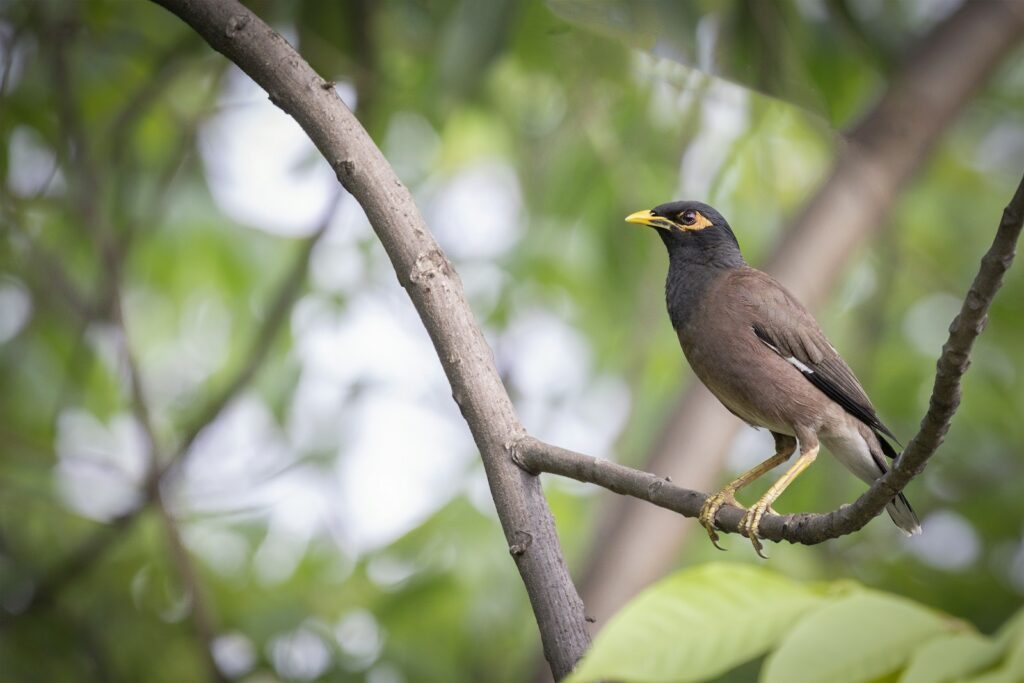
The ability to develop and use name-like vocalizations depends critically on vocal learning – the capacity to modify vocalizations based on experience and feedback. Not all bird species possess this ability; it’s found primarily in songbirds, parrots, and hummingbirds, which collectively represent about 40% of bird species. These birds have specialized brain circuits dedicated to learning and producing complex vocalizations, similar in some ways to human language areas. Vocal learning allows birds to develop precise, individualized calls that can function as names and to learn the signature calls of others in their social groups. This cognitive foundation explains why evidence for naming behaviors is found primarily in these vocal learning species rather than across all birds.
The Function of Names in Bird Communities
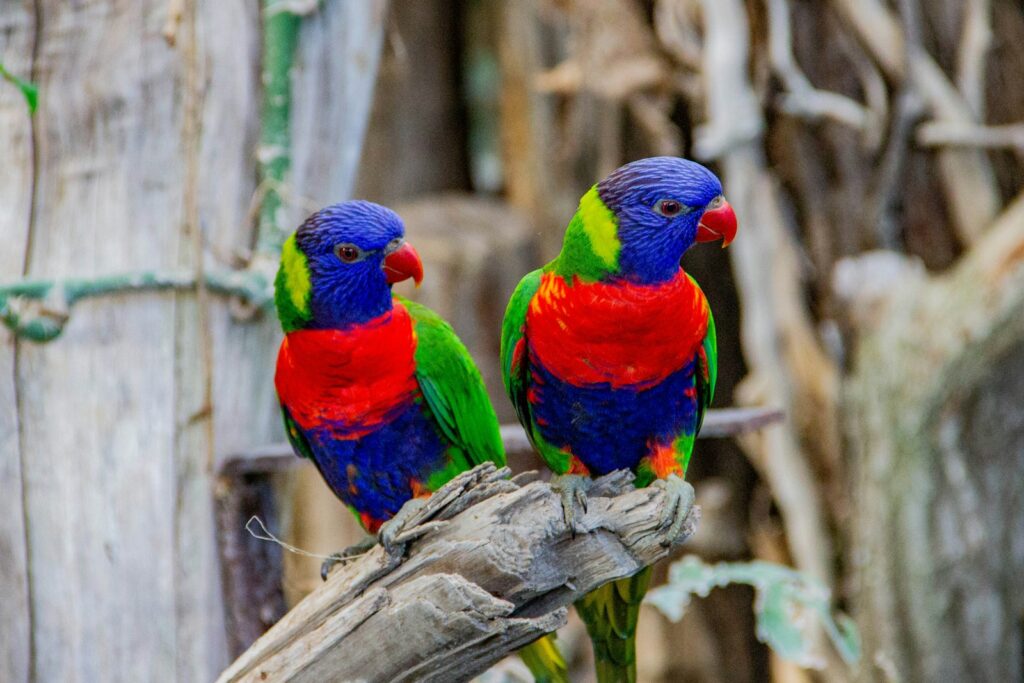
Bird “names” serve several critical functions in avian communities, helping to explain why this complex cognitive ability would evolve. In dense colonies or forests where visual identification is challenging, individualized calls help parents locate their specific offspring among thousands of similar-looking chicks. For pair-bonded species, recognized calls help mates locate each other after foraging separately. Names also facilitate complex social interactions in species with fluid social structures, where individuals need to recognize many different group members across time and changing contexts. Additionally, in species that form alliances or have dominance hierarchies, individual recognition through vocalizations helps establish and maintain social relationships without constant physical confrontation. These practical benefits provide the evolutionary pressure that would select for increasingly sophisticated naming systems.
Implications for Animal Consciousness

The existence of bird naming systems has profound implications for our understanding of animal consciousness and cognition. Using names requires a mental representation of absent individuals – birds must hold in mind the concept of a specific group member even when that individual isn’t present. This suggests a level of abstract thinking once thought to be exclusive to humans and perhaps a few other mammals. It also indicates that birds likely possess some degree of theory of mind – the understanding that others have different knowledge and perspectives. When a bird uses another’s signature call to get their attention, they’re demonstrating an understanding that the call has meaning to that specific individual. These capabilities suggest that birds experience the world with greater cognitive complexity than previously recognized, challenging long-held assumptions about the uniqueness of human consciousness.
Future Research Directions

The field of bird naming research continues to evolve, with several exciting directions for future investigation. Scientists are increasingly using advanced recording techniques and machine learning to detect subtle variations in calls that might escape human hearing, potentially revealing naming patterns in species not previously studied. Neuroimaging studies with captive birds could reveal how their brains process individual-specific calls compared to other vocalizations, providing insights into the neural basis of naming. Cross-cultural studies examining whether the same species develop different “naming dialects” in different geographic regions could illuminate how these systems evolve and spread. Perhaps most intriguingly, researchers are exploring whether birds can learn to associate new calls with specific individuals, which would demonstrate even greater flexibility in their naming capabilities and further blur the cognitive line between humans and birds.
Conclusion: Rethinking Bird Intelligence
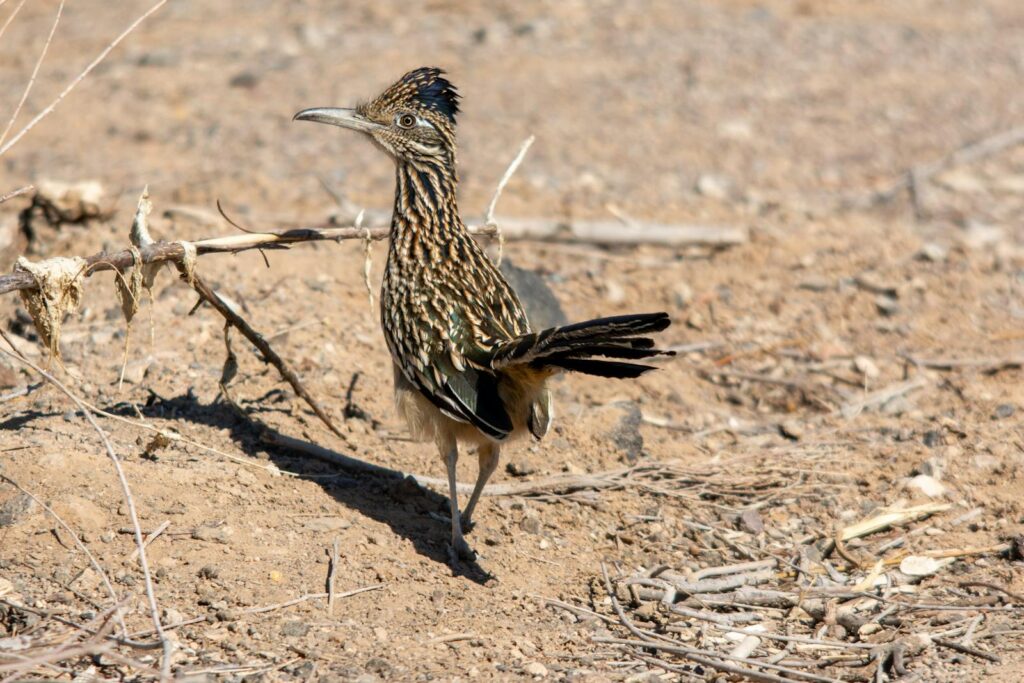
The emerging evidence that some birds use name-like vocalizations forces us to reconsider our understanding of avian intelligence and the evolution of communication. Far from being simple creatures with instinctive calls, many birds appear to participate in complex social networks where individuals are recognized and referred to by specific vocalizations – effectively, names. This research joins other recent discoveries about bird intelligence, including tool use, problem-solving, and self-awareness, suggesting that despite their small brains and distant evolutionary relationship to mammals, birds have developed sophisticated cognitive abilities that parallel our own in many ways. As we continue to decode the rich communicative world of birds, we may find that the gap between human language and animal communication is narrower than we once believed, revealing new perspectives on the evolution of intelligence across the animal kingdom.
